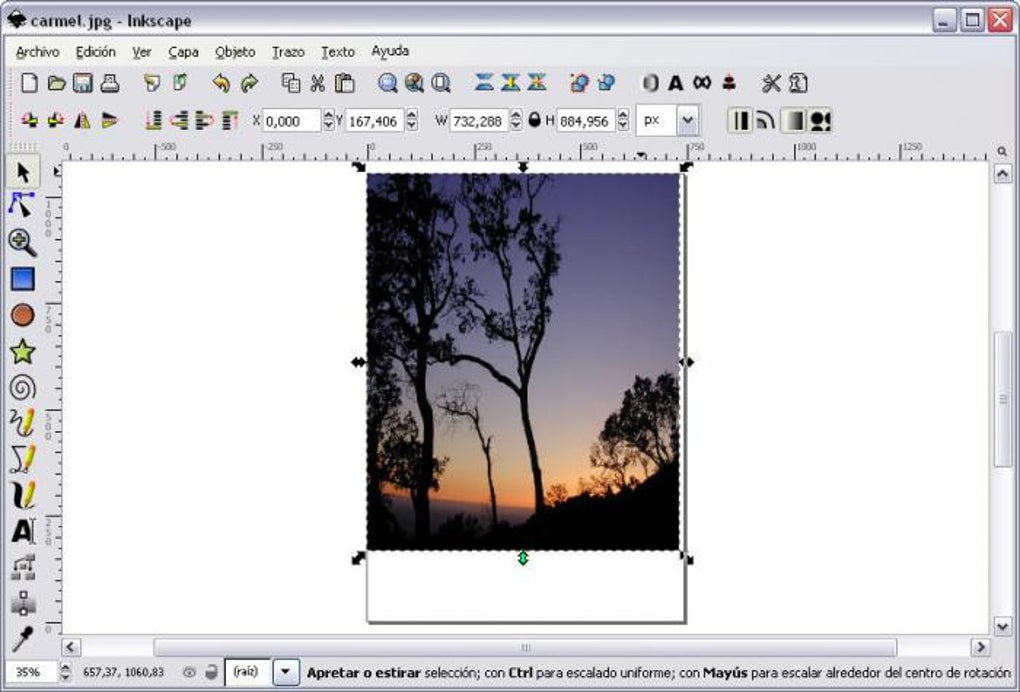

But sometimes you just need to be able to load up Inkscape or The Gimp, which Chromebook has no great tools for. ChromeOS, as it turns out, is downright enjoyable to use the vast majority of the time. (I recommend this excellent tutorial by Whitson Gordon to get this setup. You can literally hit a key combo to switch between actively running instances of ChromeOS and Ubuntu. The second option: Run Ubuntu inside ChromeOS.Ĭrouton is a tool for Chromebook that will allow you to install Ubuntu to run alongside ChromeOS. I see no reason why the performance on the newer, non-ARM Chromebooks would be a problem (other than limitations of CPU and RAM on some of them). I ran this setup for a few weeks and performed my entire job on it without trouble – including recording/editing audio and video and playing games (“Civilization V” and “XCOM: Enemy Unknown” both play quite well – high visual settings and high frame rates on the Pixel).

The only annoyance is that every time you boot the Chromebook, you need to hit “Ctrl-L” in order to access the SeaBIOS before your distro will actually boot. In fact, it performed better than a similar Sony laptop (which had more RAM), likely thanks to the SSD. The Chromebook Pixel is aging a bit at this point (it first came out nearly two years ago), but the combination of a nice SSD and a quite capable quad-core i5 makes this a peppy little beast of a laptop. Though, in all honesty, Ubuntu Studio required the least post-install tweaking to get a well-behaving system. I managed to get all three to a point where everything functioned well (touchscreen, Wi-Fi, suspend, etc.). I tried a few different distros using this method: Ubuntu Studio, openSUSE and Debian. ( See here for a step-by-step guide on installing SeaBIOS and getting a distro installed.) It’s not a terribly complicated procedure – any Linux power user will have no trouble doing it – but it definitely requires a few more steps than the other options. It basically involves installing a custom BIOS (SeaBIOS) that will allow the laptop to boot a traditional OS. This is, by far, the most complicated approach to running a Linux distro on your Chromebook Pixel.


 0 kommentar(er)
0 kommentar(er)
